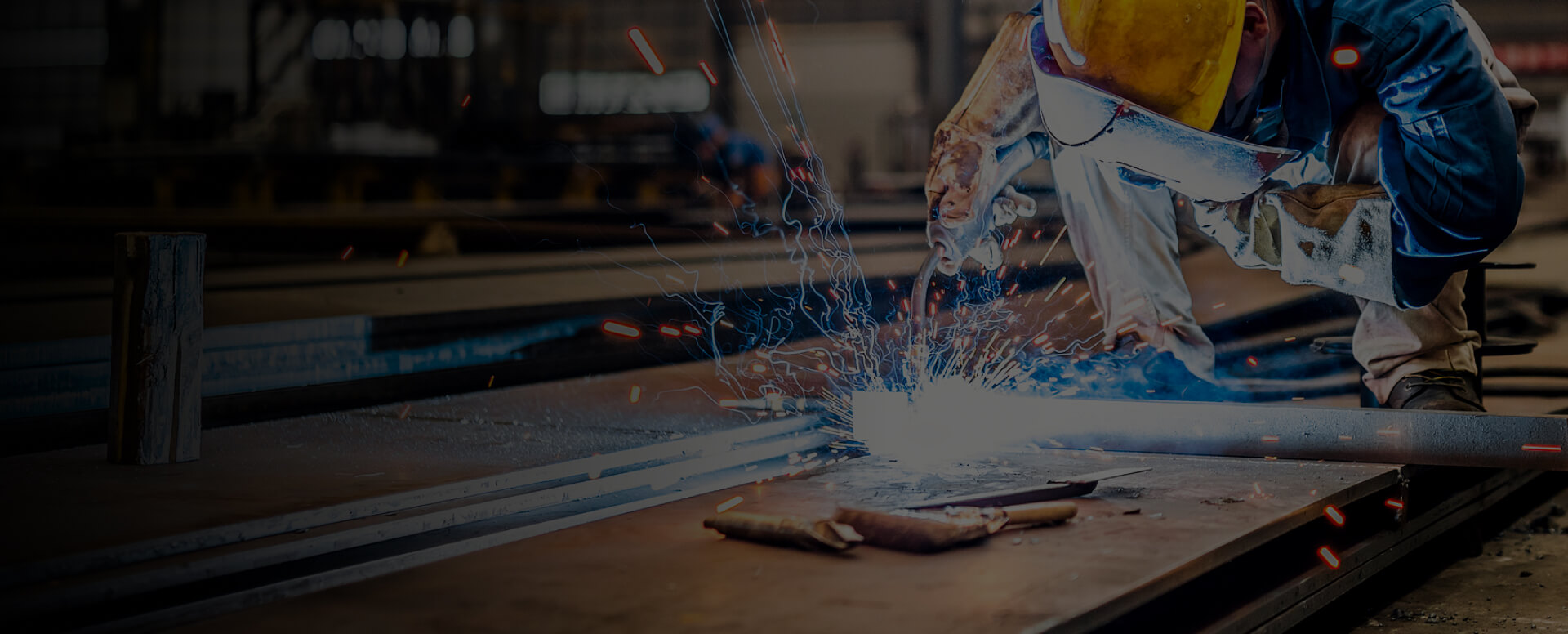
Wire Feed Speed
Wire feed speed is crucial for cheap gasless MIG welders. Lower-priced models offer a wire feed speed range of 40-500 or 600 inches per minute. This still allows for adjustments based on weld thickness. Higher-end models have more precise controls and can go up to 700 inches per minute.
Power Settings
Power settings are equally crucial for gasless MIG welders to adjust the welder to different welding tasks. Most cheap models only offer a power output range of 30 to 140 amps. This power level can handle a wide range of welding tasks from light to medium, and is usually sufficient for DIY projects and repairs. However, most general-purpose welders need to increase the power to 200 amps for more demanding tasks to ensure deeper penetration and stronger welds.
Portability and Ease of Use
One of the advantages of cheap gasless MIG welders is their portability. These units typically weigh 25 to 40 pounds, making them easy to transport and set up. In addition, their design and ease of operation make them user-friendly, especially for beginners. No need to carry a gas cylinder, further enhancing portability as there is no additional equipment to carry.
Related Articles

MIG Welding Basics
MIG welding, also known as gas metal arc welding (GMAW), is an efficient and versatile welding technique used across a wide range of industries. The method uses a continuously fed wire as the electrode and a gas mixture to protect the weld pool from contamination. MIG welding is favored for its high

4 Major Drawbacks of Using Acetylene
Acetylene’s disadvantages include being highly flammable (with a 2.5%-82% range), unstable above 15 psi, higher costs ($200/month vs. $100 for propane), and toxicity that requires $1,500 detectors.Section 1: High FlammabilityKeywords: acetylene flammable, acetylene explosion risk, welding safety, in

Cathodic Cleaning in MAG Welding: Mechanism And Practical Applications
Cathodic Cleaning in MAG Welding: Mechanism and Practical ApplicationsThe “cathodic cleaning” effect—often viewed as a near-magical phenomenon in welding—refers to the rapid removal of surface oxides during the arc welding process, resulting in a clean, bright metal surface. While this effect is wel

TIG Vs MIG Welding for Steel: Which Is Better?
When welding steel, TIG welding is often the preferred method for achieving high precision, clean welds, and controlled heat input. MIG welding, on the other hand, offers greater speed and is better suited for thicker materials or long continuous welds. For thin steel and high-integrity applications

Double Arcing in Plasma Arc Welding: Causes, Risks, and Prevention
Plasma arc welding is renowned for its precision and deep penetration, earning it the nickname "laser scalpel" of welding. However, this high-precision process is vulnerable to a dangerous phenomenon known as double arcing, where the main arc splits into two separate paths—posing serious risks to we

The Mystery of Lag Discoloration in Titanium Welding: Causes And Solutions
In titanium welding, the weld color serves as a critical visual indicator of gas protection quality. However, a phenomenon known as "lag discoloration"—where the weld appears silver-white initially but gradually turns gold, blue, or gray during cooling—signals underlying contamination that can sever

